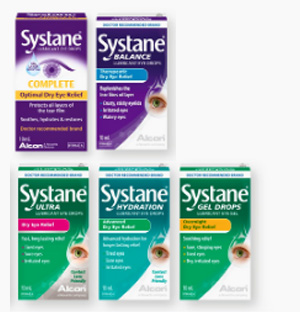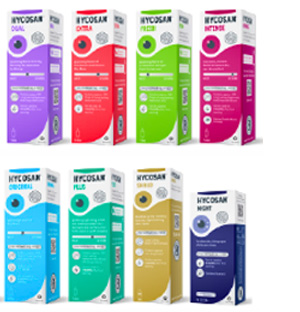Dry Eyes
Dry eye is a common condition affecting both eyes, often causing a scratchy or irritated feeling and blurry vision between blinks. While uncomfortable, it rarely leads to serious eye damage. Dry eye occurs due to insufficient tear production or tears evaporating too quickly.
What is Dry Eye?
Dry eye involves abnormal changes in the tear film, leading to gritty or irritated eyes and sometimes blurry vision. It’s a chronic condition, often affecting both eyes, but one eye may be worse.
Causes of Dry Eye
The tear film has three layers: mucin (closest to the eye), aqueous (middle), and oily (outer). Changes in these layers can cause instability and dryness, leading to inflammation and symptoms. Your optometrist can diagnose the cause using special tests.
Risk Factors
Dry eye is more common in women, people over 50, and those of Asian descent. Aging reduces tear production and eyelid effectiveness. Hormonal changes, certain medications, and conditions like blepharitis can also increase risk.
Managing Dry Eye
- Keep Eyelids Clean: Avoid makeup on the inner eyelid and clean eyelid edges regularly.
- Control Environment: Lower central heating, avoid drafts, and use humidifiers.
- Use Eye Lubricants: Available as drops, gels, or sprays to add moisture.
- Tear Drainage Treatment: Punctum plugs can help retain tears longer.
Additional Tips
- Blink regularly when using a computer and position the monitor to reduce eye exposure.
- Protect your eyes from wind and avoid smoky environments.
- For more personalized advice, visit your local optometrist. Regular eye exams are crucial for maintaining eye health.


